Warp drive space ships don’t exist now, but two researchers looked into what might happen if one crossed into a black hole.
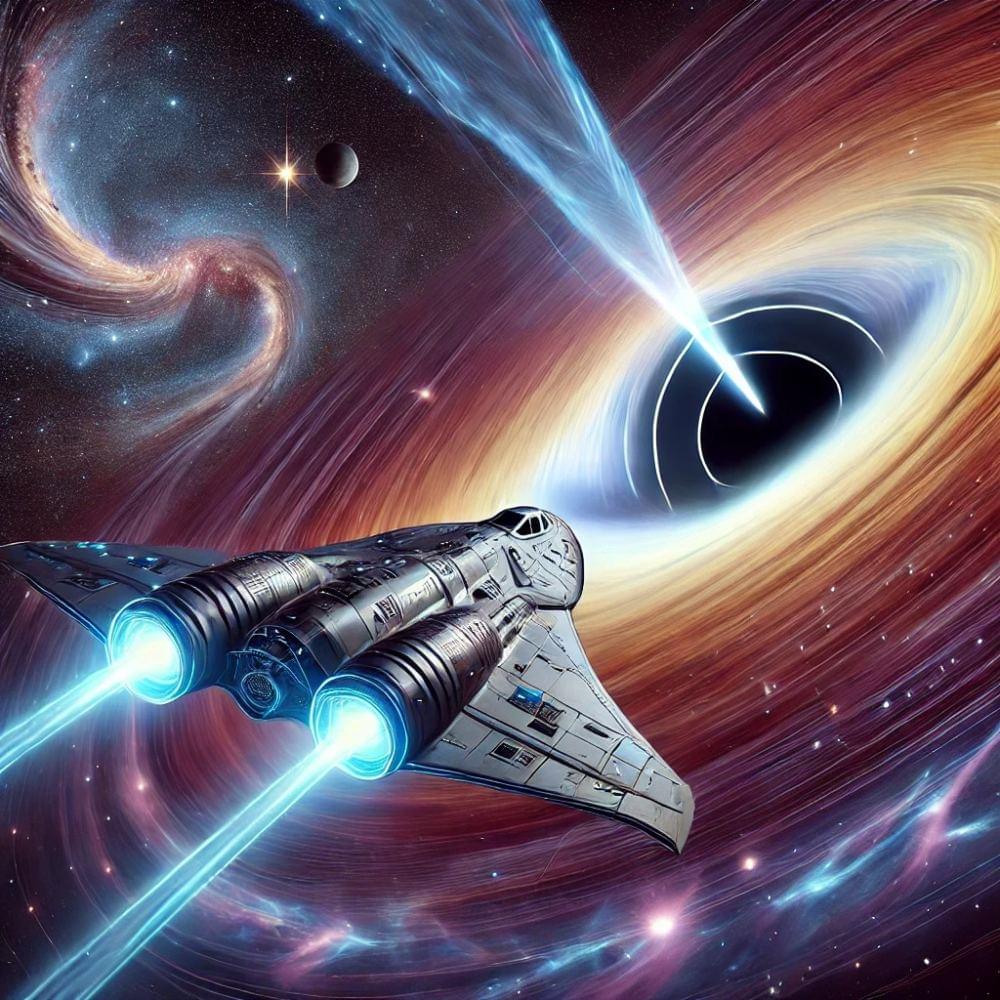

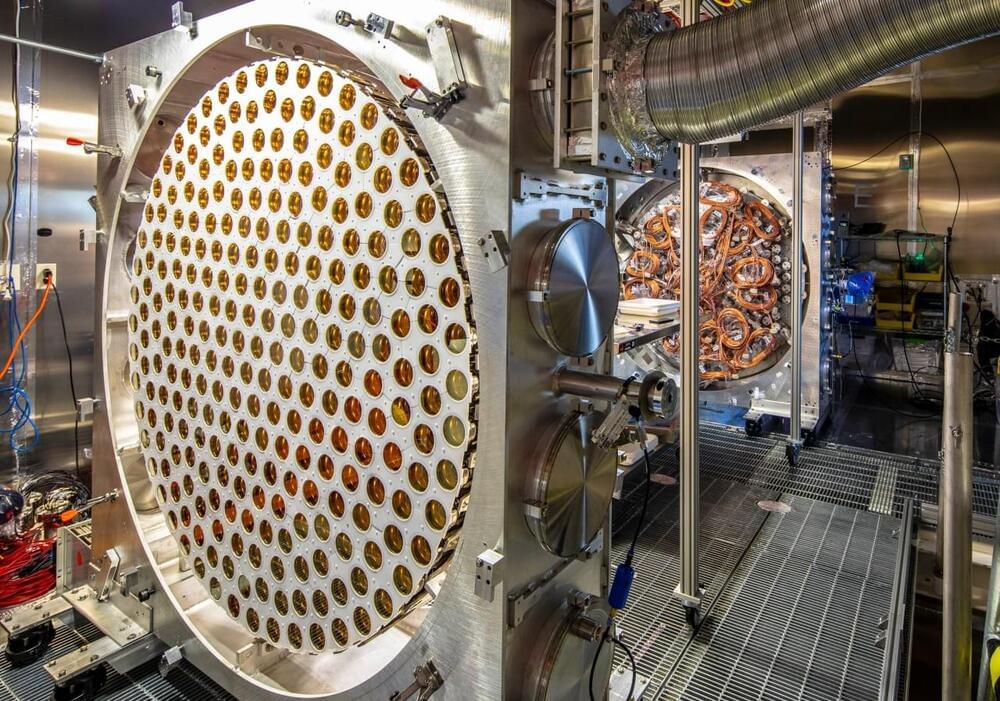
AUSTIN (KXAN) — The most sensitive dark matter detector in the world is showing results in the hunt for the hypothetical particle. The results: they can’t find it.
“If you think of the search for dark matter like searching for buried treasure,” said Scott Kravitz, an associate professor in the physics department at the University of Texas, “we’ve basically dug part of the way down to where it might be, it could still be deeper below what we’ve searched so far.”
Kravitz is part of the LEX-ZEPLIN project, a Department of Energy hunt for dark matter in a cavern in South Dakota.
How would atoms behave near a supermassive object? We know how atoms behave in extremely weak gravity like that at the Earth’s surface: They can be excited from a lower energy level to a higher one when an electron absorbs a photon or a nucleus absorbs a gamma ray, and so on. But what if the atom is in a strong gravitational field such as one near a supermassive, rotating black hole or rotating neutron star?
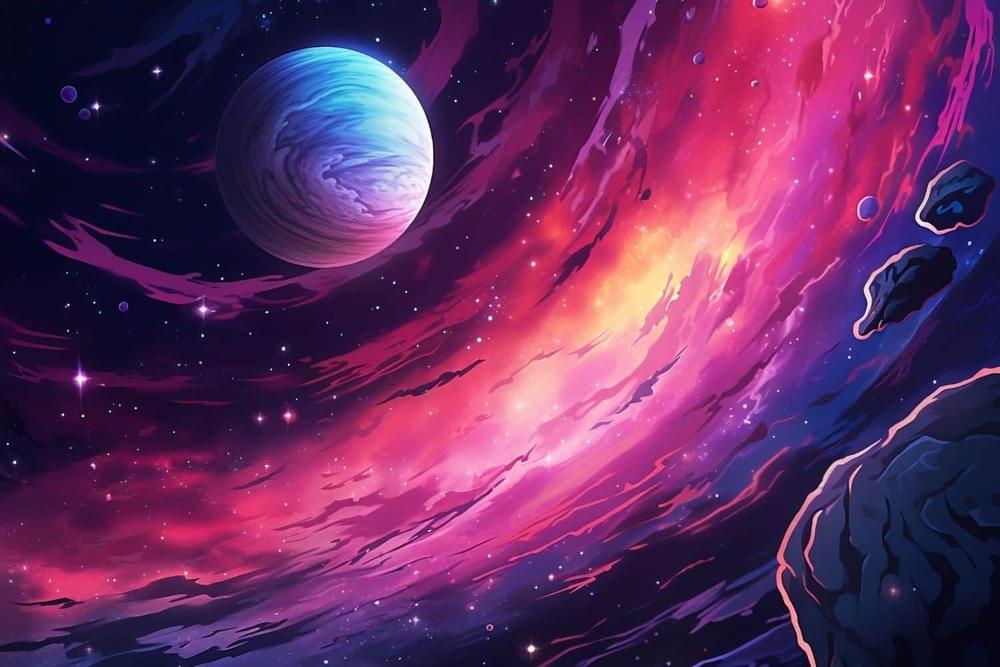
Researchers have linked supermassive black hole mergers with dark matter interactions, potentially solving a longstanding astronomical problem and offering new insights into dark matter’s nature and its role in the cosmos.
Researchers have found a link between some of the largest and smallest objects in the cosmos: supermassive black holes and dark matter particles.
Their new calculations reveal that pairs of supermassive black holes (SMBHs) can merge into a single larger black hole because of previously overlooked behavior of dark matter particles, proposing a solution to the longstanding “final parsec problem” in astronomy.
The Event Horizon Telescope (EHT) Collaboration has enhanced its observational capabilities, achieving unprecedented resolutions by detecting light at a 345 GHz frequency.
This breakthrough allows for detailed imaging of black holes, promising images 50% more detailed than previous ones and the potential to view more black holes than ever before.
Breakthrough in Black Hole Imaging.
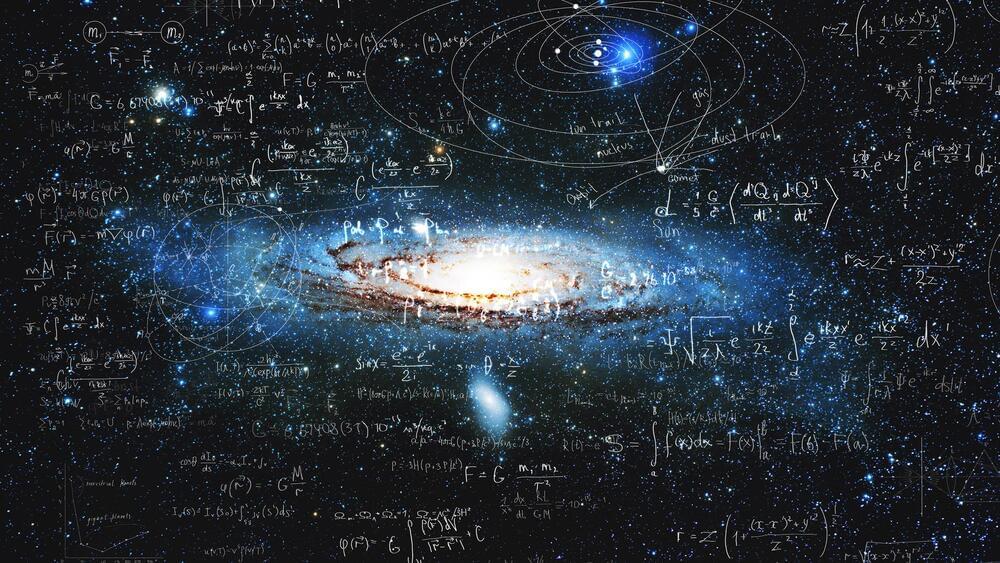
Scientists may have found a new way to unlock the vast secrets of the Big Bang—the cosmic event thought to have kicked off the expansion of the universe billions of years ago. The revelation came in 2023, when scientists found nearly imperceptible ripples within the very fabric of space and time as we know it.
The ripples appear to be associated directly with rapidly spinning neutrons that we call pulsar timing arrays. Researchers believe that studying gravitational waves—more specifically, the low-frequency background hum they emit—may allow us to learn more about the Big Bang and the universe’s very beginning.
For a long time, researchers have believed that the low-frequency background hum of gravitational waves in our universe was part of a “phase transition” that occurred just after the Big Bang. However, a new bit of research could further unlock the secrets of the Big Bang and suggests that this might not be the case at all.
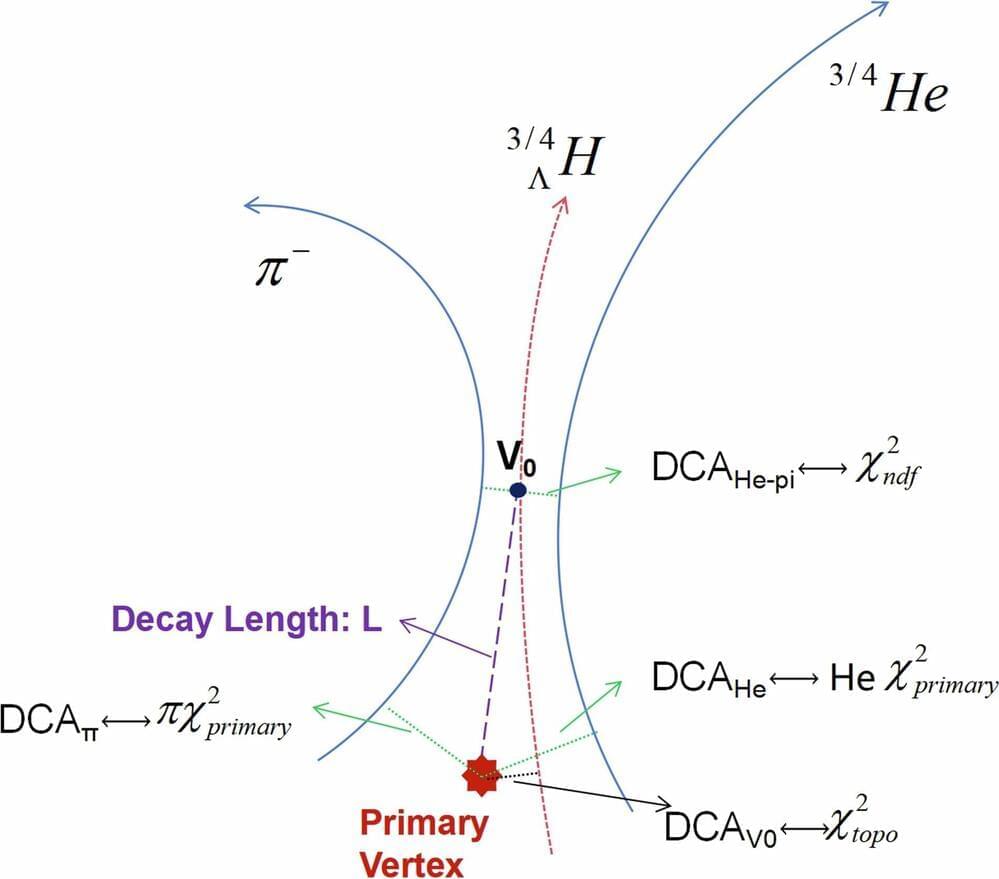
Dark matter remains one of the most enigmatic components of our universe. In this episode of Cosmology 101, we explore the evidence for dark matter and its critical role in shaping the cosmos. From galaxy rotations to cosmic web structures, discover how dark matter’s invisible hand influences the universe’s evolution and our understanding of fundamental physics.
Join Katie Mack, Perimeter Institute’s Hawking Chair in Cosmology and Science Communication, on an incredible journey through the cosmos in our new series, Cosmology 101.
Sign up for our newsletter and download exclusive cosmology posters at: https://landing.perimeterinstitute.ca…
Follow the edge of theoretical physics on our social media:
/ pioutreach.
https://twitter.com/perimeter.
/ perimeterinstitute.
/ perimeter-institute.
Follow our host \.
Special Offer! Use our link https://joinnautilus.com/SABINE to get 15% off your membership!I recently read that you can have gravity without mass. Ha, no way…